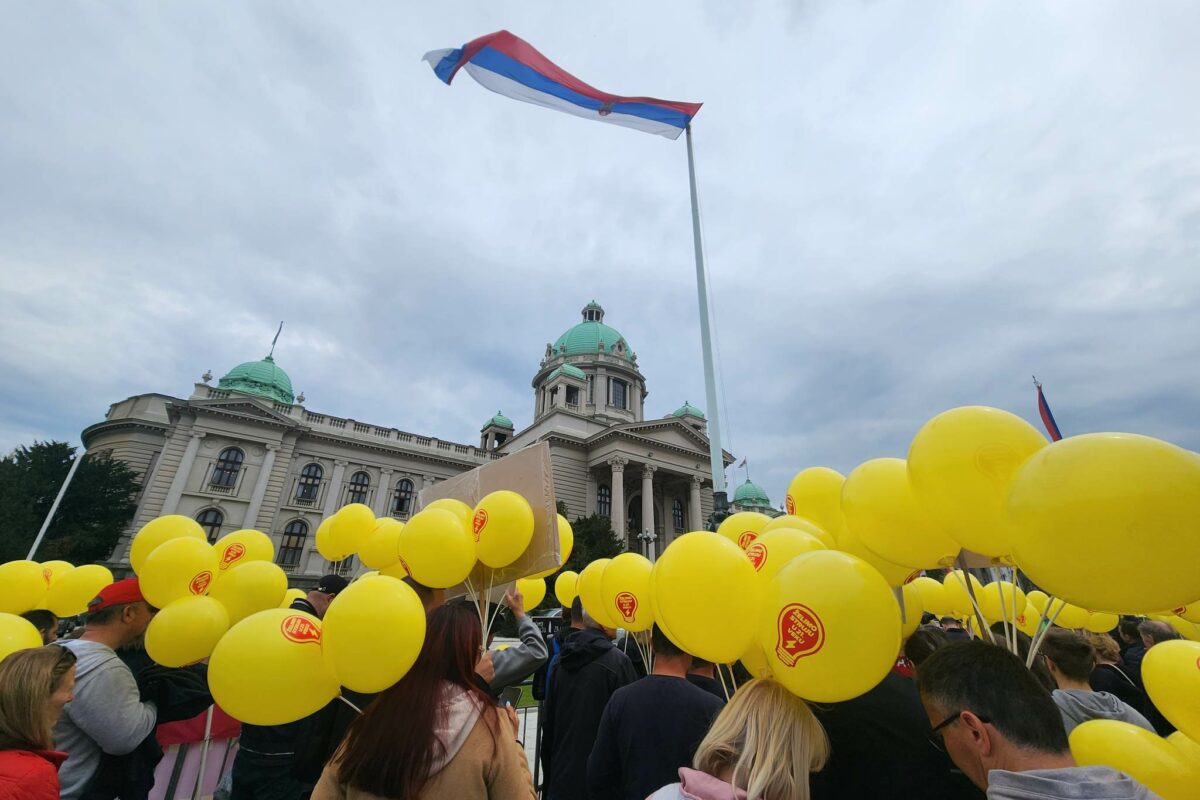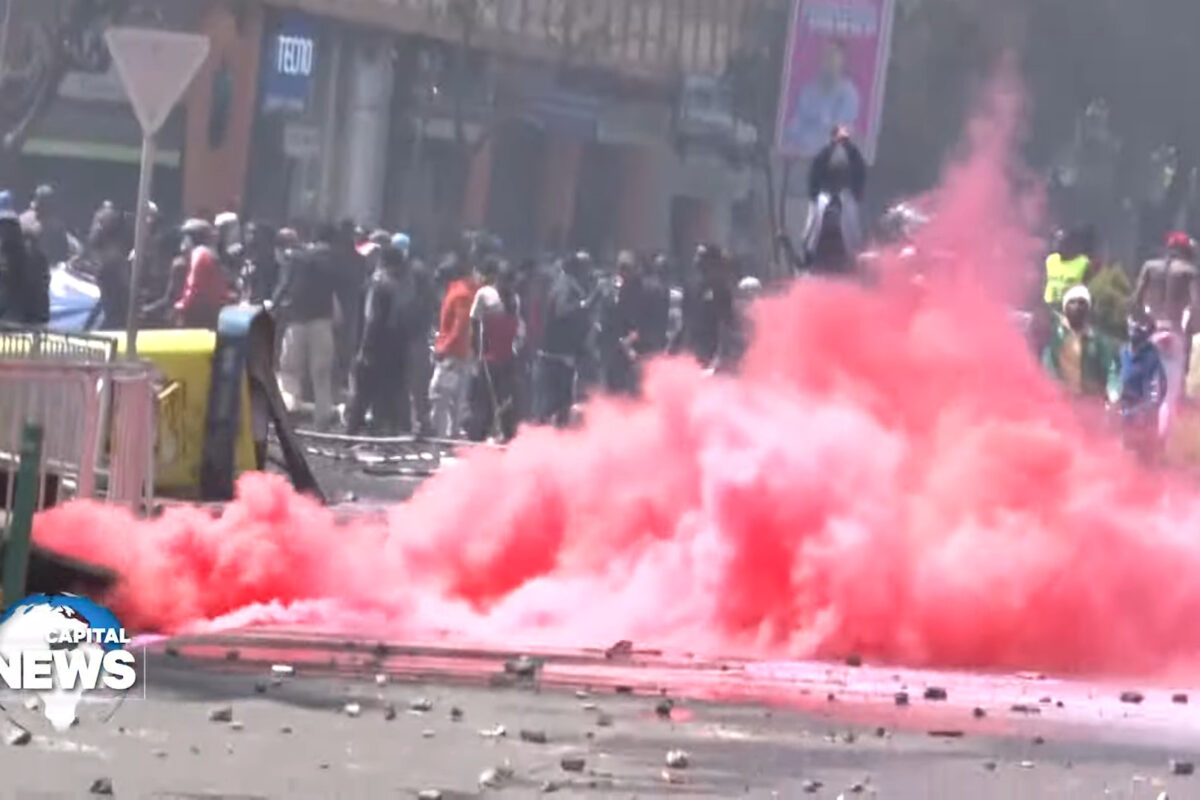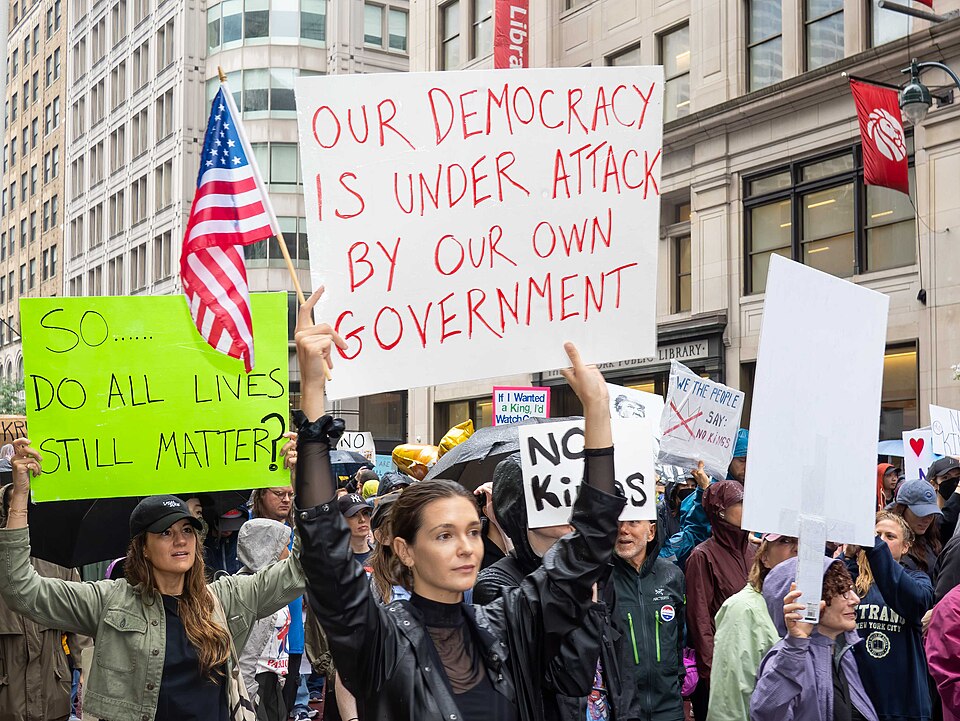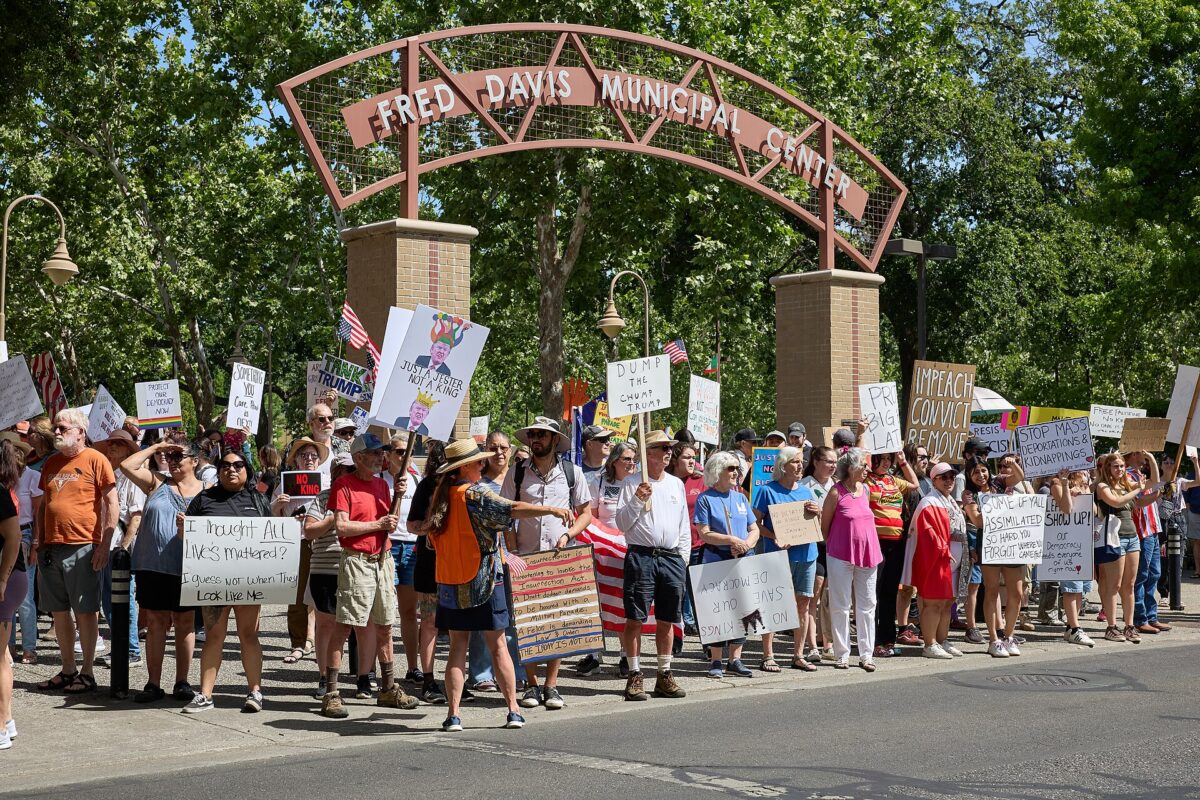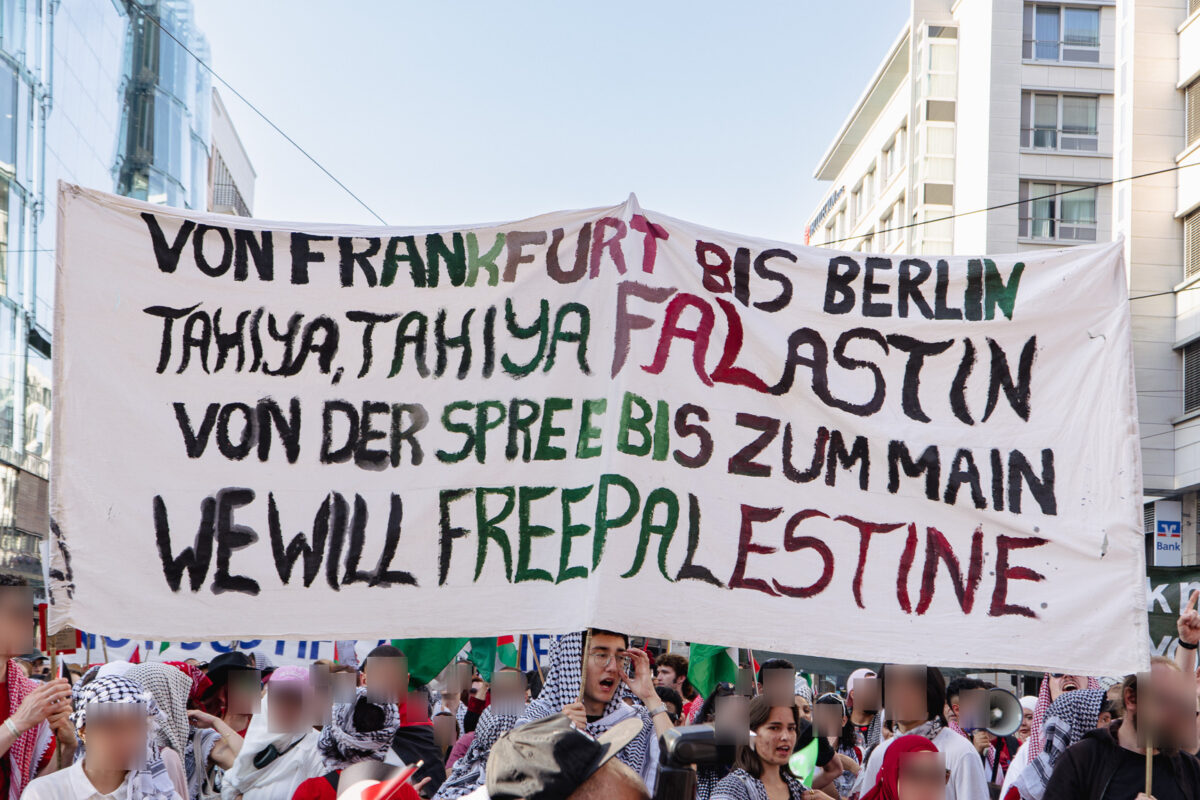On April 24th, 2023, about 200 protesters, mostly members of Želimo Struju u 21. Veku (We Want Electricity in the 21st Century) rallied in front of the Serbian National Assembly in Belgrade. For around 5 months, 1,000 families in the capital voiced their concerns over a lack of electricity in their homes.
The protesters chanted slogans like “we want energy” while politicians or staff members entered and exited the parliament or watched from the windows. The rally’s main organizers also gave speeches with megaphones and condemned president Alexander Vucić’s complicity in their lack of connection to the energy grid.
Marko Stevanović, a head organizer of 21st century electricity, said their collective spoke with authorities who promised to solve their energy security issues who took no concrete steps as of yet. Stephanović testified that his activist collective knows there are many more who suffer from a lack of electricity.
Želimo Struju u 21. Veku describes itself as an apolitical, single-issue collective focused exclusively on trying to solve the material needs of residents of Serbia who struggle with energy needs. Although the collective itself is non-partisan, political activists including Milena Repajić, the secretary general of the Partija Radikalne Levice (Party of the Radical Left) and members of the opposition in the national assembly attended the protest.
After the break-up of Yugoslavia in the 90s, many settled in new housing or built their own homes. They reside in them but still don’t have electricity after 4 years, according to some reports. Since late 2018, it’s become impossible to connect to the electric grid without a building permit or legal permission. Before then, an application for a permit would suffice.
In late January, the group also protested in front of the parliament with about 100 members in attendance, as Vučić was abroad at the World Economic Forum in Davos.
Local press in Serbia shows that the lack of electricity is not only felt in Belgrade but in other major cities as well. In July 2021, the mayor of Niš, Serbia’s third largest city promised that 35 resident’s would be connected to the electricity grid after more than one decade of waiting for energy utilities. At the time, 4,500 households were still left without electricity.
Niš’s current mayor belongs to the Serbian Progressive Party (Vučić’s ruling party since 2012). Nine months after his declaration, the municipal opposition “Niš Moj Grad” (Niš is my City) demanded that the city negotiate with the national government and Elektroprivreda Srbije, the largest energy company in Serbia, to bring power to 7,500 households still waiting for power.
One can assume that the energy crises endured by Serbians in various major cities remains unresolved. This small string of rallies in front of the National Assembly comes months after the Serbian government, faced with massive popular protests in multiple cities, revoked a license from Anglo-Australian mining company Rio Tinto for the multibillion dollar project to exploit a lithium deposit in the Jedar Valley of western Serbia. Rio Tinto still wishes to pursue its operations and spent millions on Serbian land deeds recently.
While a swathe of average Serbians are suffering from energy precarity – the Serbian government and landowners are still trying to sell off national resources to Western companies like Rio Tinto. So much for Vučić’s “patriotism” and “cunning” negotiation skills.
One can only hope that the protests for energy access will broaden to reach the scale of those against the negative environmental effects of lithium mining and light the spark to a bigger national movement against the ecocidal and unjust neoliberal system under which Serbia currently finds itself.
